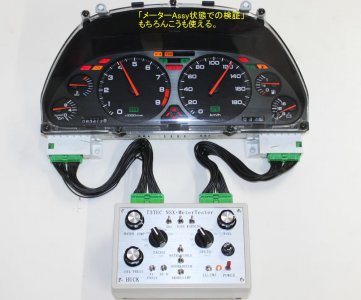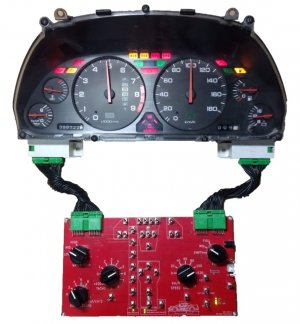Primers,
First, details: 1990 Honda NSX that reads speed in kilometers per hour.
I'm running into a head scratcher. I noticed a few months ago that I felt like I was going pretty fast down a stretch of road I normally take. Too fast.
I used a GPS app to confirm my suspicion that I was going faster than my speedometer was reading, sometimes up to 20mph faster.
After I left work, when the sun was up and it got fairly warm out (>80F), my speedo was reading right on the money.
I've just been living with it here for months, maybe longer!
The most I've been able to research and read here on Prime, it sounds like the vehicle speed sensor (VSS) is on its way out. So, being a pretty inexpensive part I changed it out.
No change. Am I looking at a speedometer cable? Any NSX Master Techs want to chime in and help? Thanks!
Thanks!
First, details: 1990 Honda NSX that reads speed in kilometers per hour.
I'm running into a head scratcher. I noticed a few months ago that I felt like I was going pretty fast down a stretch of road I normally take. Too fast.
I used a GPS app to confirm my suspicion that I was going faster than my speedometer was reading, sometimes up to 20mph faster.
After I left work, when the sun was up and it got fairly warm out (>80F), my speedo was reading right on the money.
I've just been living with it here for months, maybe longer!
The most I've been able to research and read here on Prime, it sounds like the vehicle speed sensor (VSS) is on its way out. So, being a pretty inexpensive part I changed it out.
No change. Am I looking at a speedometer cable? Any NSX Master Techs want to chime in and help?
Last edited:














